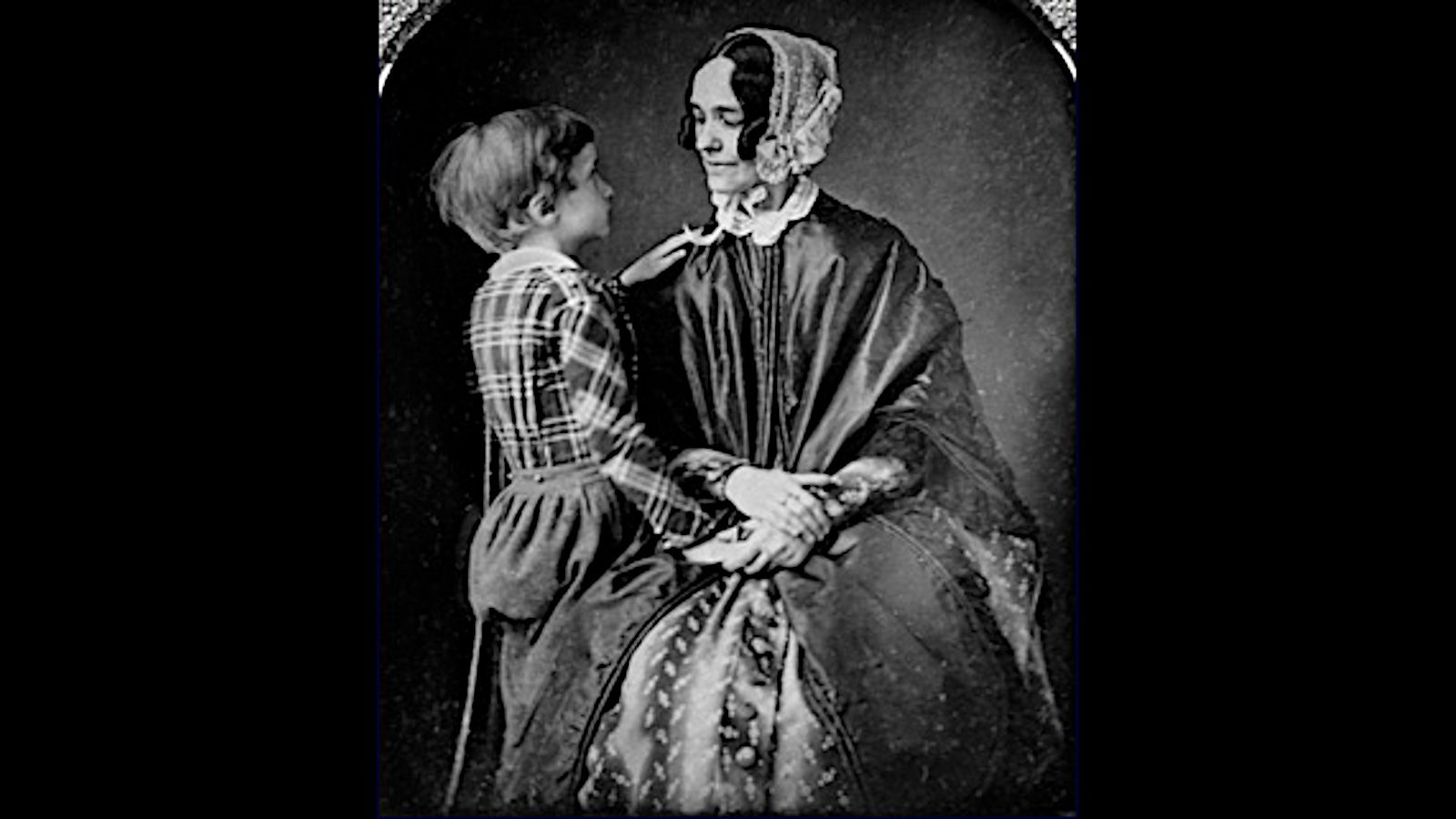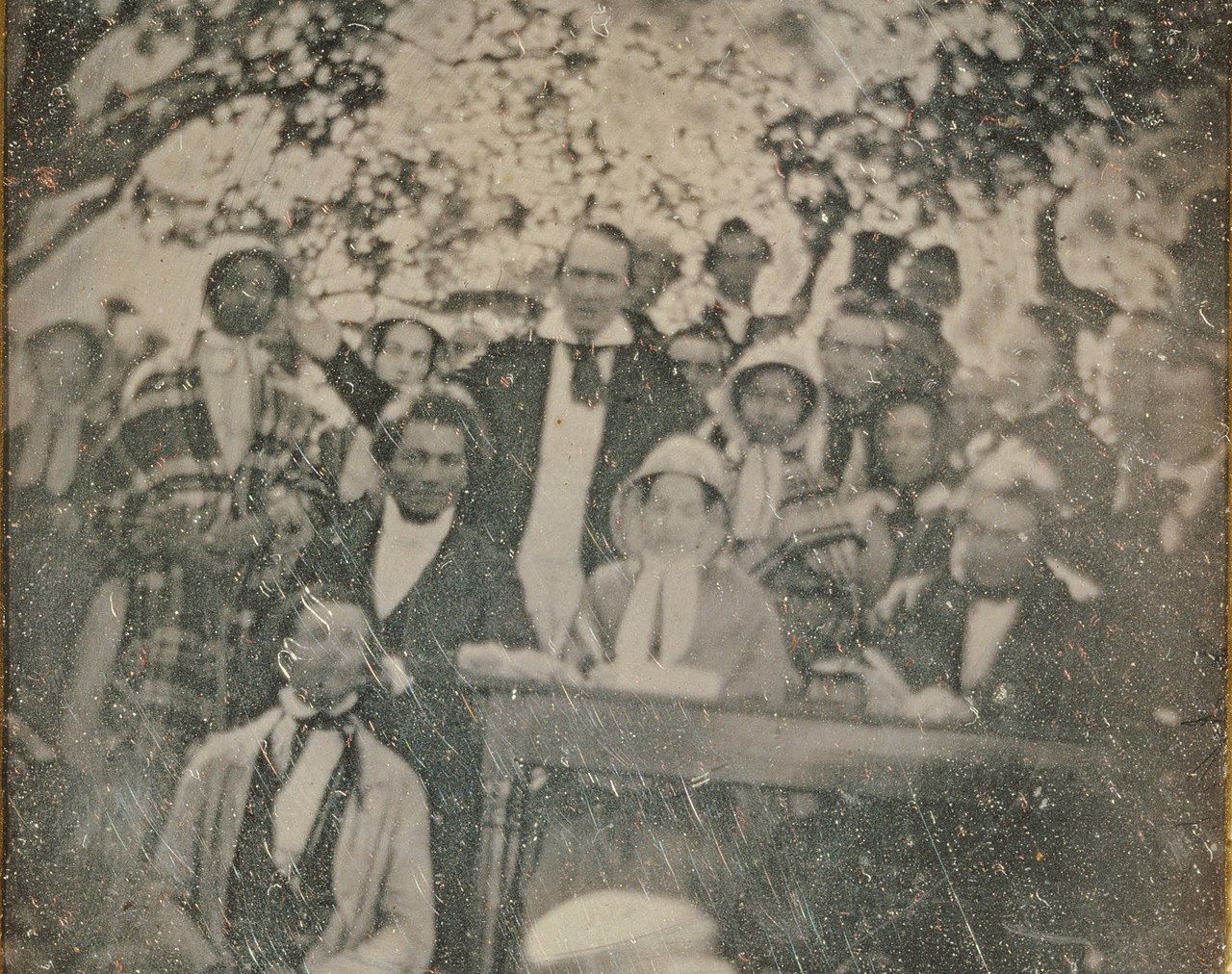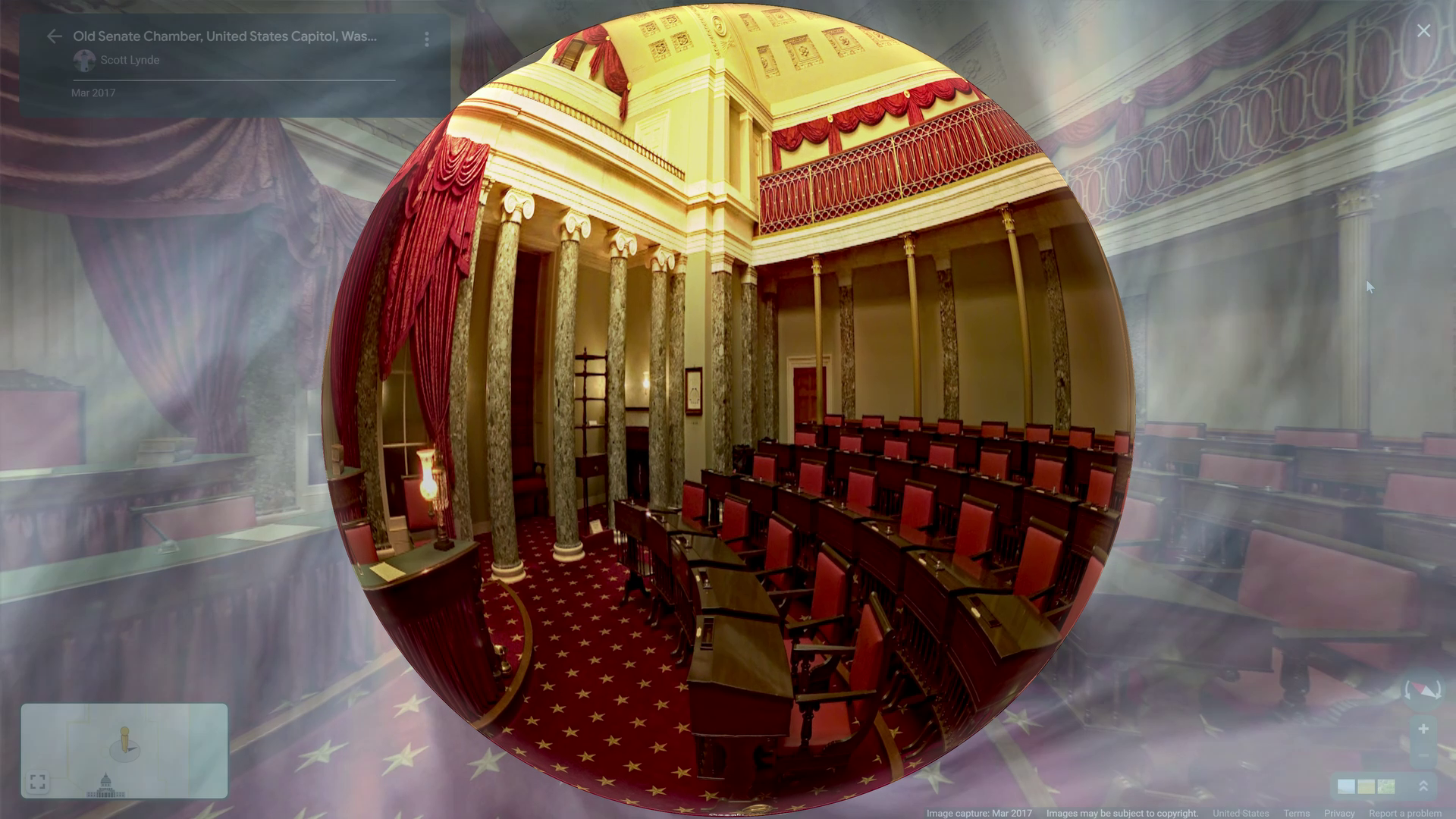Behind the Scenes: the enigma of Franklin Pierce.
My upcoming in-depth YouTube video examines the tragic, frustrating life of the 14th President.

This post is an example of the kind of article that will, beginning at the end of March 2023, be available to paid subscribers (once that tier launches).
It is well known that the most crushing and traumatic grief that a human being can experience is the death of a child. I've never been through it, but most of us know someone who has. If you can call to mind a person who's been through that kind of wrenching tragedy, imagine what it would be like if it happened again--and then a third time. We're probably already beyond the realm of what most of us can even fathom in terms of emotional devastation, but the situation could get worse: imagine if that grieving parent witnessed the death of their child in a particularly bizarre, gruesome and shocking way. Now, if you can, imagine the person dealing with this grief, shock and trauma is weeks away from being inaugurated as President of the United States, perhaps the most stressful job on planet Earth.
This is what happened to a man called Franklin Pierce, the 14th President of the United States. On January 6, 1853, two days shy of two months before his inauguration, he and his wife Jane were riding in a train car in Amherst, Massachusetts with their 11-year-old son Bennie when the train derailed and tumbled down an embankment. A sheet of metal sheared off the top and back of Bennie's head. There was nothing the President-Elect or his wife could do. Bennie was their last surviving son. They had a four-year-old boy who'd died a decade before, of typhus, and an infant son who died only two days old a few years before that. The Pierces went through this wrenching tragedy three times, the last time worst of all. Any normal person would feel like crawling into a hole that led under the earth and simply giving up on life. But no; Pierce had soon to assume the burdens of office, in a country ablaze with political and racial strife, tearing apart at the seams over slavery, a scant eight years before the beginning of the Civil War.
I'm working on a lengthy, deep-dive video biography of Franklin Pierce for my YouTube channel. Last month on this blog I updated you just before my previous video, on the Iran-Contra scandal of the 1980s, went up; the time has come again to give you a behind-the-scenes look at what I've been working on. You may wonder why I've chosen this subject. Pierce is truly one of the most obscure chief executives in U.S. history. If his name is spoken at all, it's almost always as part of a list, sandwiched between Millard Fillmore and James Buchanan. What gave me the idea to do a deep-dive video on Pierce was when I recently did a search for his name on YouTube, and I found twice as many videos that were recordings of sporting events taking place at schools named after Franklin Pierce than there were videos about the man Franklin Pierce. And those few that are about him are perfunctory, usually thumbnail sketches a couple of minutes long. He's just sort of a blank in historical memory. There is clearly a need for a deeper understanding of this complicated man and his unbelievably tragic life.

I've done deep-dive videos before, but this is the first one that can truly qualify as a biography, profiling a person's life from cradle to tomb. In writing the script for the video, which is about 17,000 words, I had to figure out how to encapsulate his family, his political background and his rise to power while still leaving enough room to take an in-depth look at his presidency. Pierce was only President for four years, from 1853 to 1857, and they were tumultuous years, but he didn't appear on the stage of American history out of a vacuum. I quickly realized that the story of Franklin Pierce is a story about generational transitions. Who came before him, and after him, are as much a part of his story as what he did and the events that occurred during his life and presidency. This is one of the main points I hope to get across.
Few people realize it, but the history of the United States took a sudden sharp turn in the mid-1830s. The generation that had fomented, fought and synthesized the American Revolution, and built the nation that resulted from it, was passing from the scene, forcing a transition of power and influence to a successor generation who lacked the grounding of the Revolution. The Revolutionary generation hung on for as long as humanly possible. Andrew Jackson, the last President who was a Revolutionary War veteran (just barely), left office in early 1837. The supply of statesmen and "Founding Fathers" was demographically exhausted. Unfortunately, the successor generation was mostly a collection of professional career politicians and party hacks, feckless bunglers like Martin Van Buren or milquetoast nonentities like Millard Fillmore. Pierce was absolutely the exemplar of this doomed generation. The central tragedy of this generation was that, with only really one notable exception, these men utterly failed to understand or appreciate the cancer of slavery that was eating away at American society. The one who did understand it--Lincoln--came on the scene almost too late. By then, civil war could not be avoided. Perhaps it's unfair to expect Pierce to have stopped it, but, quite the contrary, his terrible judgment and ludicrously bad policy decisions in fact hastened it and probably made it inevitable.

Of the tiny handful of historians who have decided to adopt Pierce as a special project, most of them seem to want to try to rehabilitate him. Peter Wallner, who in the 2000s wrote the now best-regarded two-volume biography of Pierce (the second volume was melodramatically titled Martyr for the Union), tried to make as good a case for him as the history allows. The only other YouTube historian who's tried anything substantive on Pierce, Peter Rea, similarly tries to salvage the 14th President from opprobrium, calling him "underrated." I don't agree. It may surprise some viewers, given the time I've invested into the subject, that I emerged from it with an even lower reputation of Pierce than I had when I knew less about him. He was a dreadful President who never should have been elected, even in 1852, and he worsened nearly everything he touched, from U.S.-British relations to fiscal issues. Don't even get me started on the Kansas-Nebraska Act. I think a sober look at Pierce's failures is more helpful than an attempted rehabilitation.
Yet we must separate the man, Franklin Pierce, from the President. A three-times grieving father of dead sons, husband to a chronically ill and deeply depressed wife who detested his career and refused to support him, and a sad alcoholic who ultimately died of liver disease, forgotten and alone except for a hired hospice worker, in a drafty New England cottage, you can't help but pity him. I don't think any U.S. President has a sadder personal story than Pierce did. As harsh as my judgment is of his presidency, I hope my video communicates the sympathy I have for him as a man.

Thankfully the Pierce video is less technically challenging than Iran-Contra. I've had to do fewer animations, although my diagrams of the inner wranglings of the 1852 and 1856 Democratic political conventions did take a very long time to make. One technique I did use in the video that's new is the introductions of Google Earth locations--like Pierce Manse, the President's New Hampshire retreat, or the desolate landscape of the Gadsden Purchase area in the desert Southwest--as mirrored spheres that appear out of a "wormhole" like effect. The spheres took a long time to create via GIMP, the freeware image program, thanks to a great tutorial on YouTube. So hopefully the video provides some visual treats that are at least a little different than previous videos.
I have no idea whether the Pierce video will find an audience, though my YouTube views have been trending encouragingly upwards lately. As always, I'll make a post here on the Garden embedding it. If you choose to watch it when it drops, I hope you will learn something interesting and perhaps touching about this fascinating and enigmatic man. Pierce left very little in the way of accomplishments to commend his stewardship as a national leader, but he did leave a lot of fascinating questions behind, which historians are still struggling to answer. I hope my work can contribute to the conversation.
The Value Proposition
Why should you be reading this blog, or receiving it as a newsletter? This is why.
☕ If you appreciate what I do, buy me a virtual coffee from time-to-time to support my work. I know it seems small, but it truly helps.
📖 You could also buy my newest book.
🎓 Like learning? Find out what courses I’m currently offering at my website.
📽 More the visual type? Here is my YouTube channel with tons of free history videos.



Comments ()